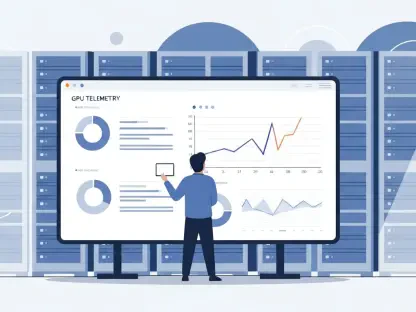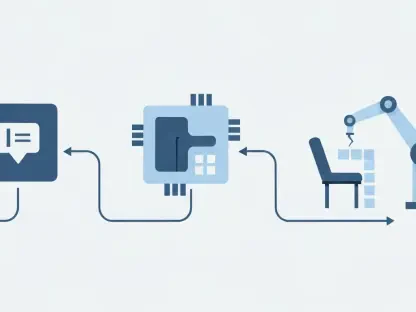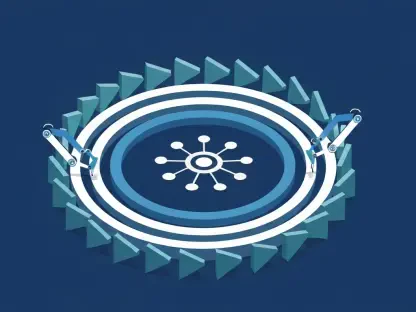With advancements in AI technology, the demand for high-quality video streaming services has dramatically increased. The ability of AI to produce realistic, engaging, and cost-effective video content has revolutionized the media industry. However, to enjoy these high-definition AI-generated videos smoothly, having a fast and reliable internet connection is imperative. This article delves into the need for adequate internet speed for AI-generated video streaming, potential bottlenecks that can hinder the experience, and how to optimize your setup for the best performance.
1. Evaluating Your Internet Speed for Streaming
To ensure that your internet connection can handle AI-generated video streaming, it is essential to evaluate the speed of your internet. The first step in this process is performing a speed check. Users can take advantage of free online tools like Speedtest.net, Fast.com, and Google’s built-in speed test by searching “internet speed test” on their browser. Ensuring that no one else is streaming or downloading content in your home and testing different times of the day to gauge speed fluctuations is also important.
After obtaining the speed test results, the next step involves contrasting these speeds with the streaming demands. Different video qualities require different internet speeds. For instance, standard definition (SD) video at 480p requires at least 3 Mbps, while high-definition (HD) video at 720p to 1080p needs 5-10 Mbps. For 4K Ultra HD video at 2160p, a minimum of 25 Mbps is essential. Additionally, live streaming platforms such as Twitch and YouTube Live require an upload speed of 5-10 Mbps to ensure seamless streaming without interruptions.
2. Comparing Your Internet Speed to Streaming Requirements
Comparing your internet speed to these requirements helps identify any gaps or areas needing improvement. Households with multiple devices simultaneously streaming content will need even higher speeds to avoid buffering and slowdowns. If your speed test results fall short of the required speeds for your desired streaming quality, it’s time to explore potential issues and improvements.
Identifying why your internet might be underperforming is the next crucial step. There are several reasons why your connection may not be meeting the necessary requirements for AI-generated video streaming. Network congestion during peak hours, such as evenings and weekends, can significantly slow down your internet speed. It’s also essential to consider wireless signal obstruction from walls, furniture, and other electronics, as these can weaken the WiFi signal.
3. Reasons Your Internet May Be Underperforming
Another factor affecting internet performance is the number of connected devices. Smart TVs, gaming consoles, smartphones, and other gadgets all share the internet connection. When multiple devices are streaming, downloading, or gaming simultaneously, the bandwidth can become overstretched, leading to slower speeds. Lastly, outdated hardware can play a significant role in diminishing internet performance. Older modems or routers may not support the high-speed connections required for streaming high-quality video content, thus necessitating an upgrade to newer models for better performance.
If your internet speed falls short of streaming requirements, exploring methods to improve the connection is paramount. The first step involves potentially upgrading your internet subscription. If frequent speed tests reveal consistently slow download speeds, subscribing to a higher-tier plan known for better performance, such as fiber or cable internet, might become necessary. Another immediate action is switching from a wireless to a wired setup. Connecting your streaming device directly to the router using an Ethernet cable guarantees a stable and faster connection, drastically reducing buffering issues.
4. Enhancing Your Internet for Streaming
With the advent of advanced AI technology, the demand for high-quality video streaming services has surged. AI’s ability to create realistic, engaging, and cost-effective video content has transformed the media landscape. However, to enjoy these high-definition AI-generated videos without interruptions, a fast and reliable internet connection is crucial. This article explores the importance of having adequate internet speed for streaming AI-generated videos, identifying potential bottlenecks that could impair your viewing experience, and offering tips on how to optimize your setup for the best possible performance. Various factors, such as bandwidth limitations, network congestion, and hardware capabilities, play a role in ensuring smooth video streaming. By understanding these factors, you can take proactive steps to enhance your internet connection and enjoy seamless AI-generated video content.









